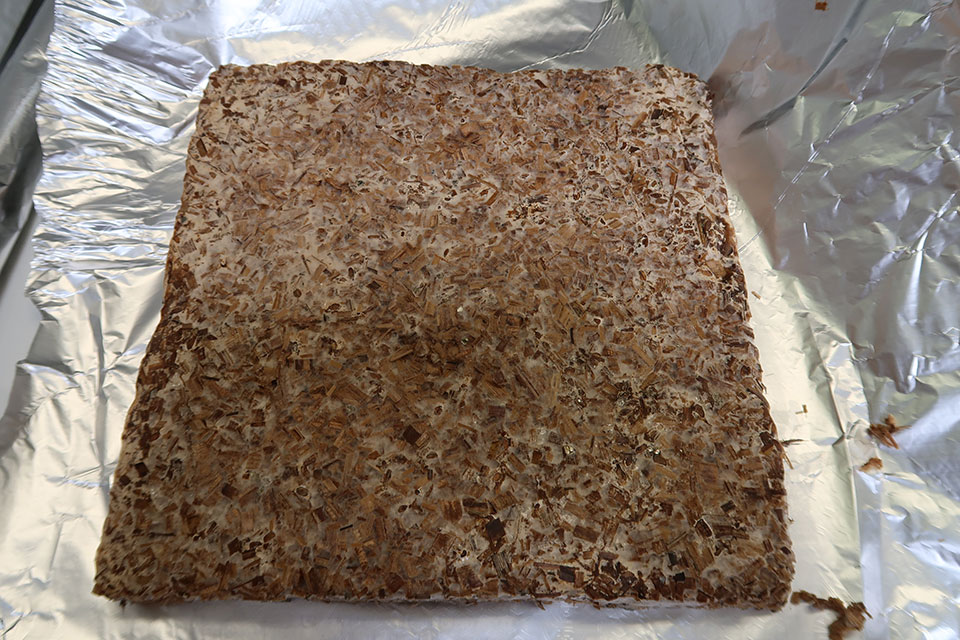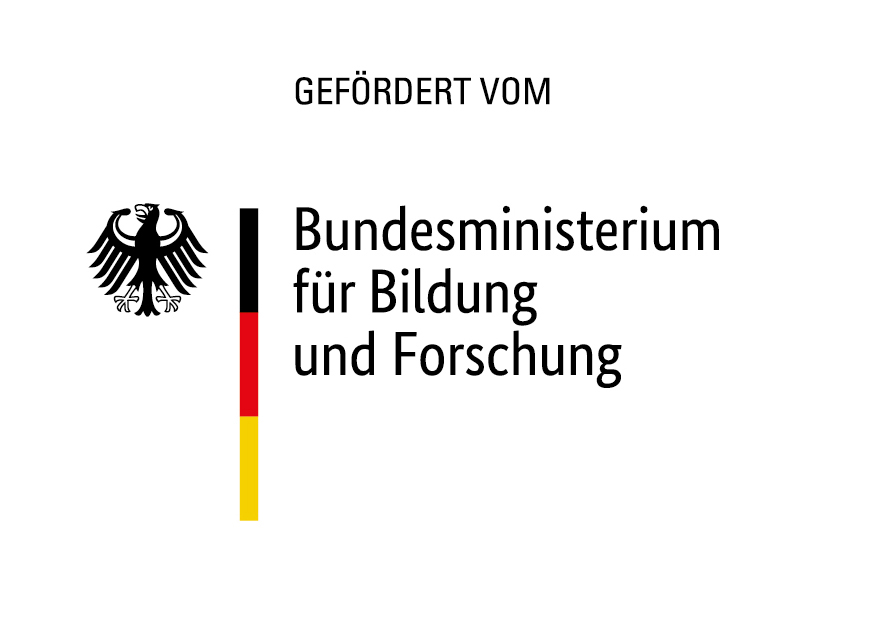Biointelligent building materials created by replacing chemical bonding processes with biological ones
To achieve a biological transformation, material flows must be considered as a whole and biointelligent solutions found for them. Closed material cycles are essential.
The idea of applying biological principles to create construction products rather than using petroleum-based raw materials has been almost completely neglected. In contrast to medical applications, this potential is still being wasted in the building industry. However, the sheer volume of materials used in this sector demonstrates the need to close material cycles in a sustainable, biointelligent manner. Furthermore, by using bio-based materials, the subsequent costs of recycling petroleum-based materials can be avoided.

